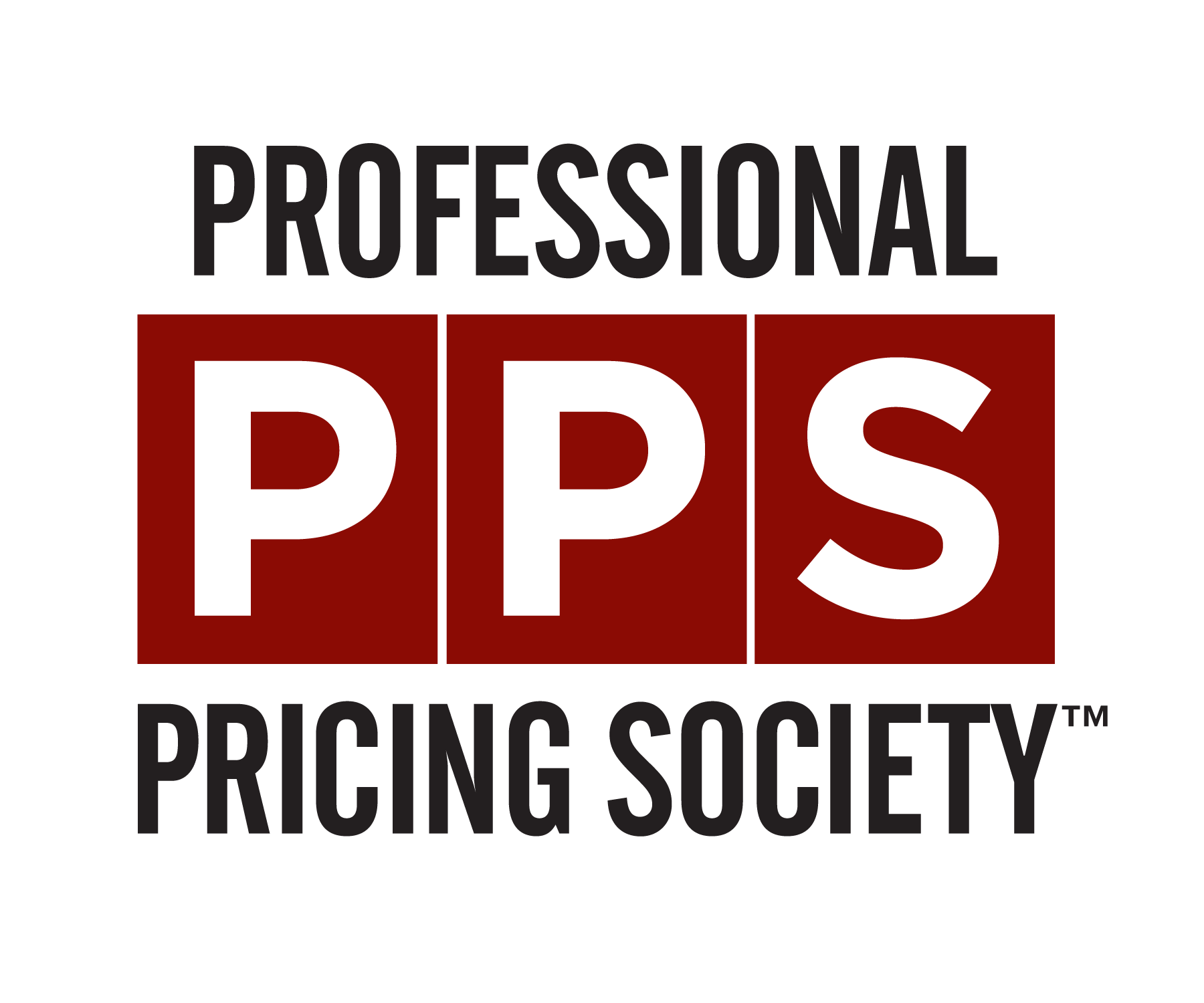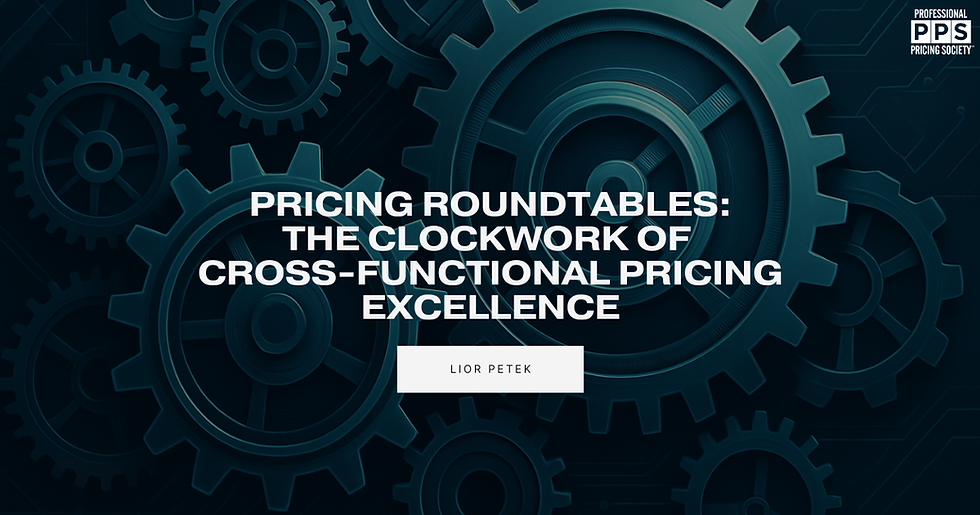Why 92% of pricing software fails
- darnell499
- Mar 1, 2022
- 4 min read

Demand for pricing software has continued to grow as companies strive for a more data-driven pricing approach. Over the past year, the market has increased by $345M, with 981 new entrants vying for market share.
According to PriceFX, the total cost of implementing pricing software can run from $100,000 to $1.5M. With such a high upfront investment, one would think the returns would justify the cost. Unfortunately, 92% of pricing software fail to meet targeted KPIs within three years. What are the reasons behind this?
To better understand the challenges pricing solutions face, we can look at Customer Relationship Management (CRM) software, which has had similar struggles over the years.
CRM software has existed in one form or another since the 1980s and experienced many consolidations over the years (like pricing software is experiencing now). What was once a group of 30 to 40 public CRM companies has now slimmed down to only 5 to 7 meaningful vendors. How did these companies succeed where others failed? What lessons can pricing software companies learn from the shortcomings of CRM software?
#1: Disconnect Between Features And Process
Many substandard CRM systems use flashy features to attract customers toward purchasing their product. There is no logical reasoning behind the CRM’s conception and feature offerings – but they look good and sound great. For example, many CRM systems have integrated call-script functionality for sales reps, restricting how they respond to customers and making the sales process more robotic than relationship based.
The same issue exists with pricing software, where the average solution has 20+ features. While loads of features attract customers initially, it is only the useful ones that will retain them. Every additional feature that does not bring value to users will complicate your solution. To understand which pricing software is right for you, it is important to understand your business process. That way, you know what you need to drive ROI and won’t be tempted by the feature-loaded options.
#2: No Collaboration
One of the biggest reasons why CRM implementation fails is the inability of departments to collaborate with each other. A CRM system is most effective when all teams use it together with a structured plan behind it.
Pricing software faces similar challenges. Specifically, it is the lack of collaboration between Sales, Marketing and Finance that undermines success. Sales want lower prices to close more deals and hit revenue targets while Marketing and Finance want higher prices to increase brand equity and profit. This lack of alignment creates an organizational disconnect that leads to missed opportunities, underperformance, and additional costs. Pricing software should be used
to align the three departments in a structured way (uniform process, one source of truth, etc.) to prevent siloed thinking.
#3: Poor Ongoing Training & Support
When you have been doing back of the envelop work for your entire career, the idea of learning a complicated software platform like CRM is daunting. For a CRM to be successfully adopted, there must be hyper support present.
Proper training / support is also the secret sauce to pricing success. Unfortunately, this rarely happens. Companies tend to hand off the solution outputs to their team and hope they will magically come to life in the market. In reality, pricing solutions often output recommendations that the team does not understand / like or thinks are not feasible with customers. There needs to be cross-functional support available to help the organization gauge whether these concerns are tangible or just emotional. If tangible, then the team can assess ways to modify the system or the internal process to create new guidelines for pricing. If emotional, then a coaching / culture shift is required.
#4: Terrible Data
What happens when CRM systems use inaccurate or incomplete data? As the saying goes, “garbage in, garbage out.” In fact, having bad data might be just as problematic, or more, as having no data at all. For example, your CRM system is intended to give you a better, more complete picture of who your customers are and what their pain points are. If your CRM is riddled with inaccuracies, you will probably focus on the wrong person and dedicate precious time and effort to someone who is not interested in making a purchase while ignoring a would-be customer.
Pricing requires leveraging data from various sources - sales data, delivery data, product cost information, reimbursements & discounts, etc. to get optimal insights. Unfortunately, accurately integrating these diverse data sources takes substantial time and oversight. Companies often underestimate the importance of this and do not take the proper steps to ensure it is done right. As a result, what would have been a high-value pricing solution ends up being a black box with misleading outputs.
Pricing Software Will Continue To Evolve
Having pricing software does not guarantee success. Organizations need to evaluate pricing solutions based on current gaps and opportunities and pick the one that meets their exact needs.
If you want to learn more about how to ensure pricing software success, Join Avy Punwasee in Chicago at the PPS Spring Pricing Conference on April 29. His session, “Successfully Implement Pricing Software” will dive deeper into what companies can do to ensure their pricing software is a support system rather than another tool to master. *Click the video below to watch his message*
Contact Avy: apunwasee@revenueml.com




